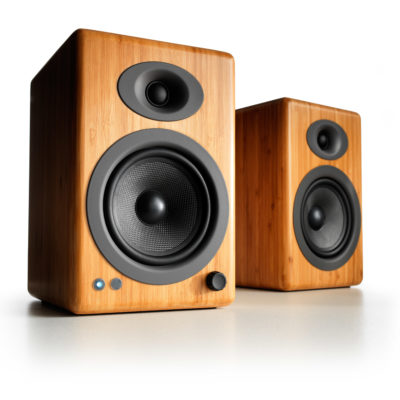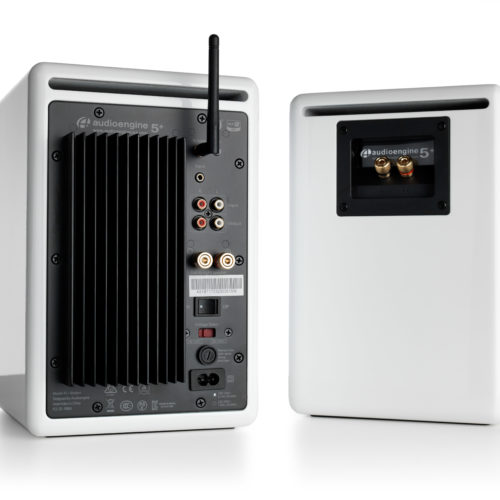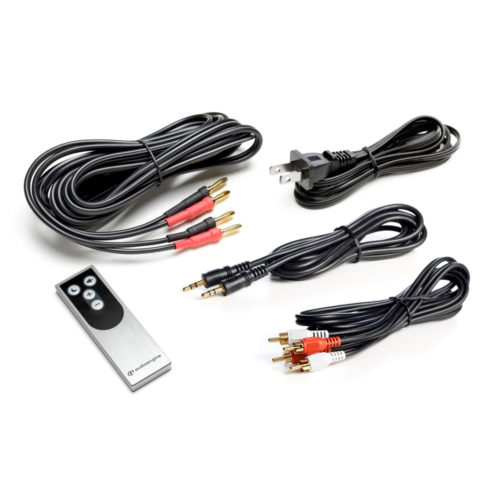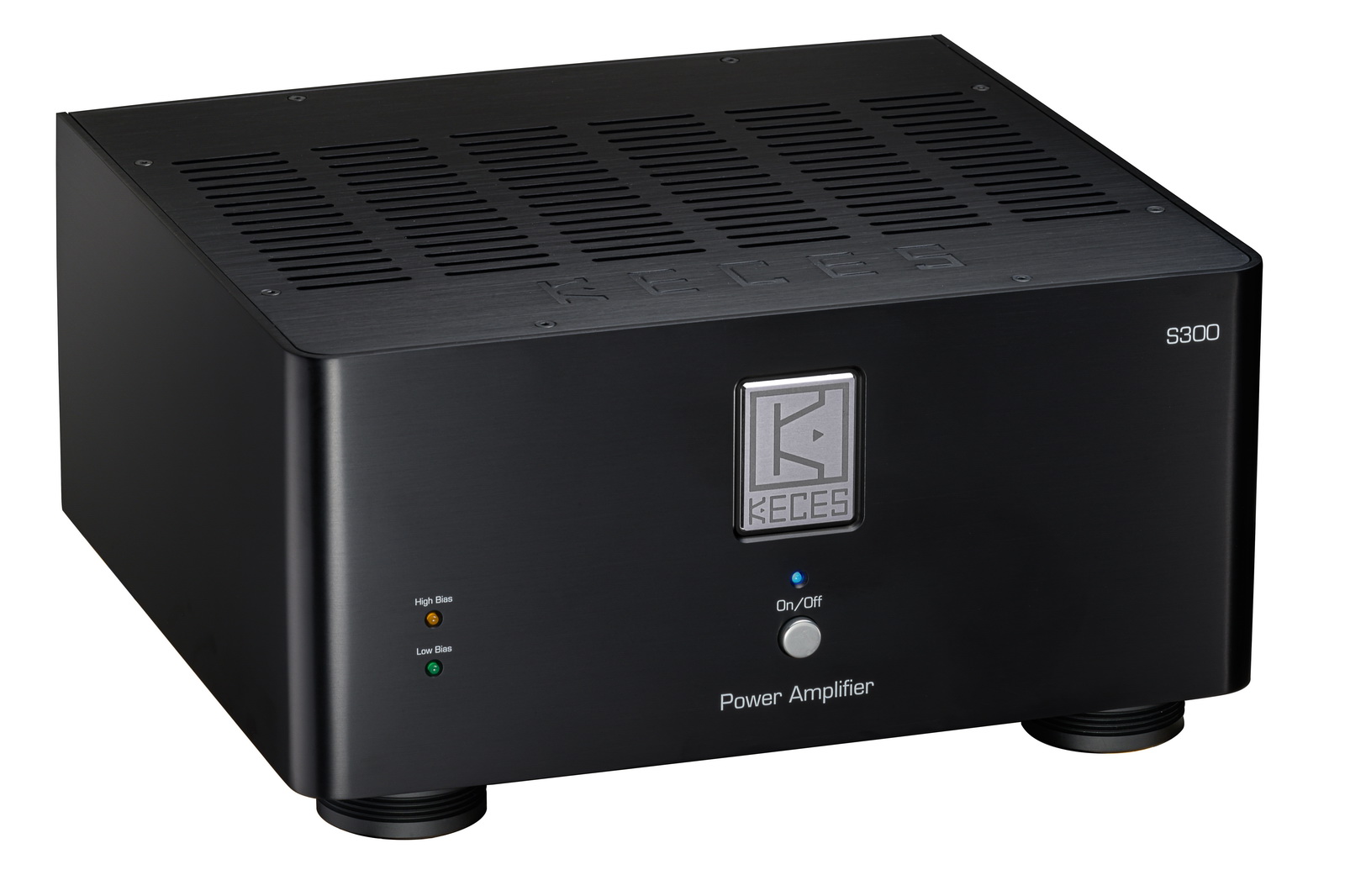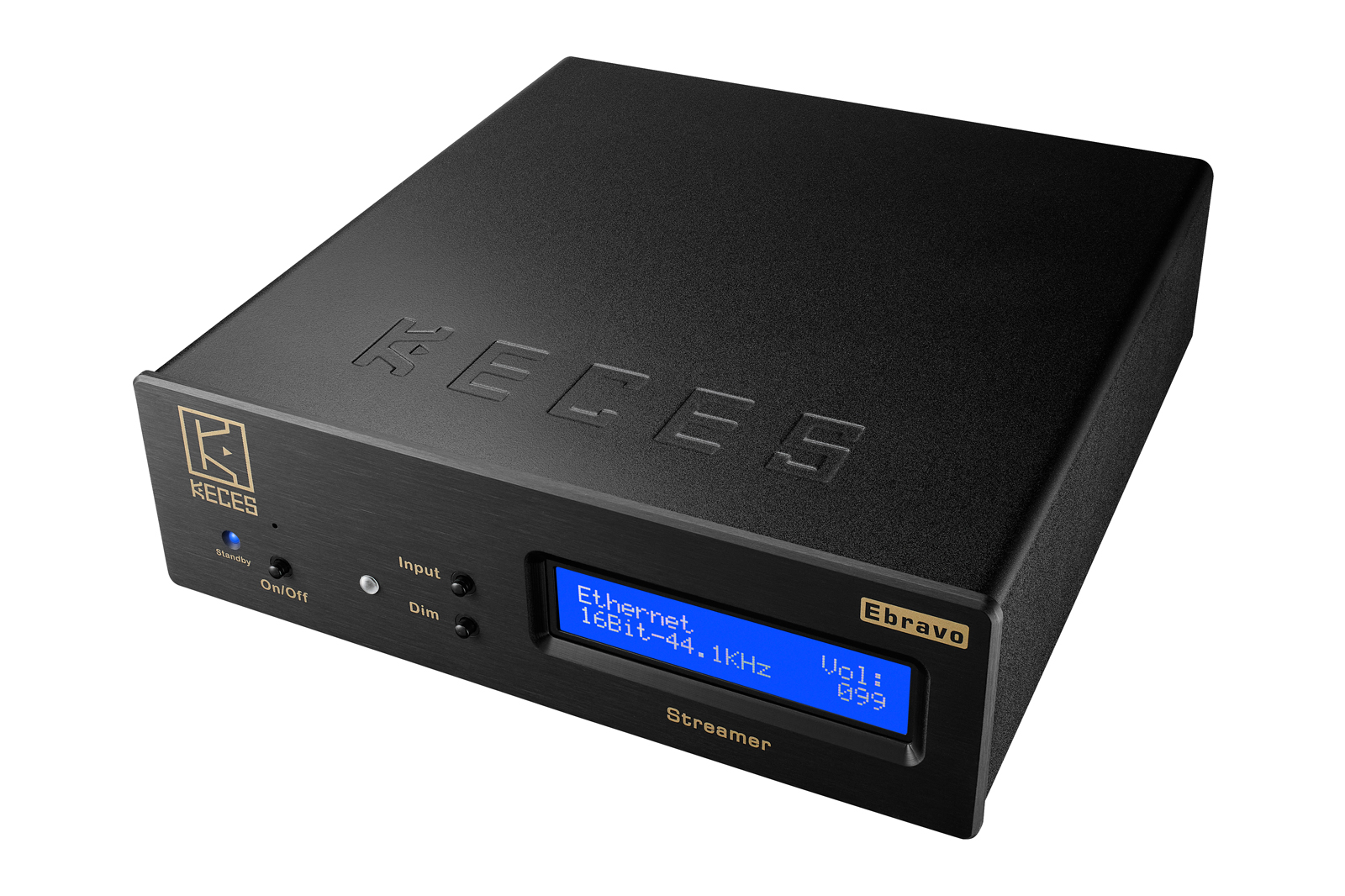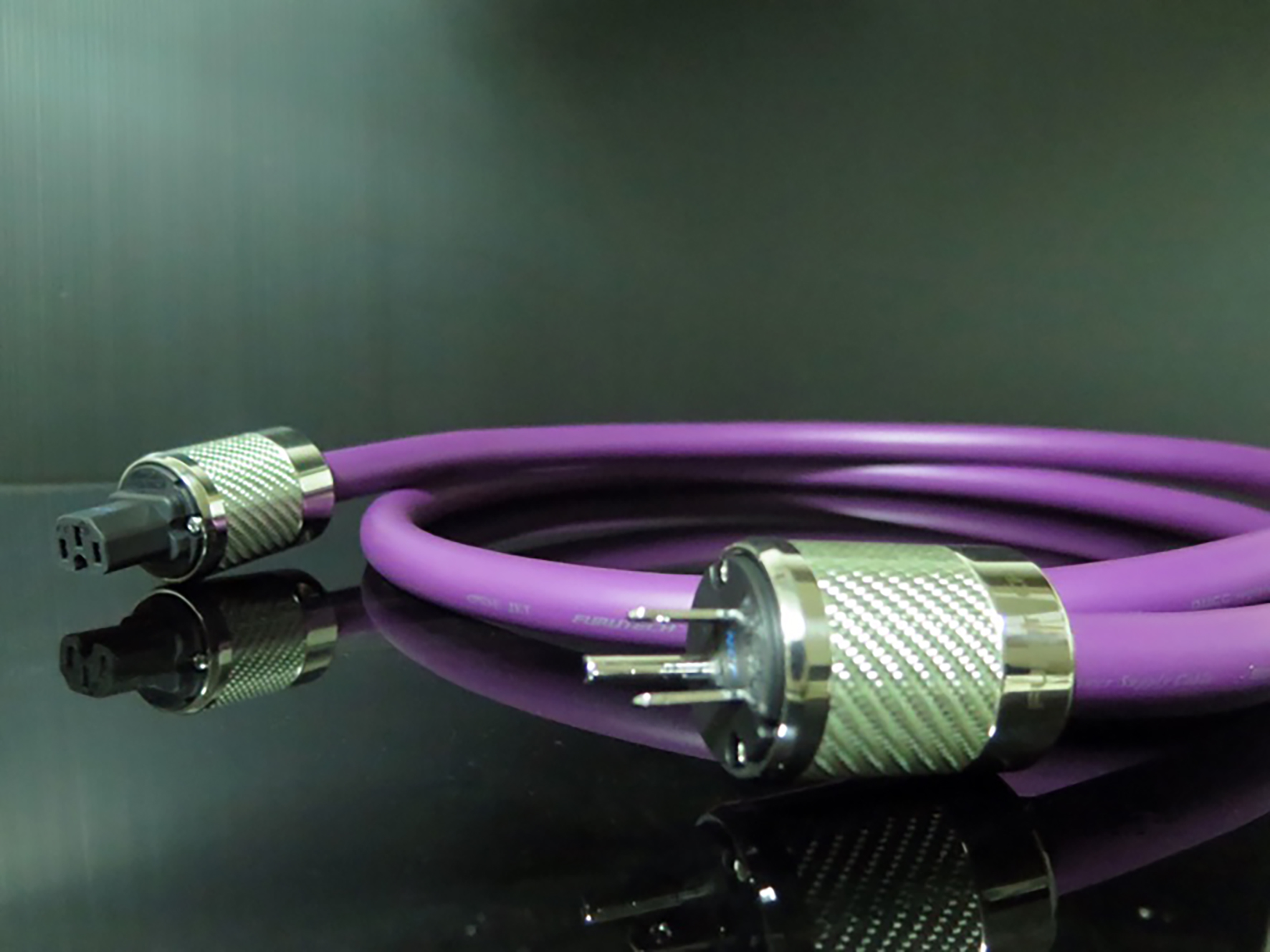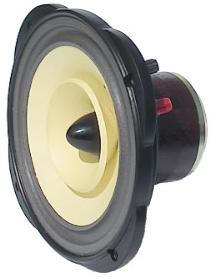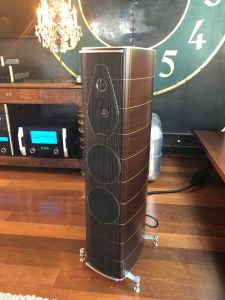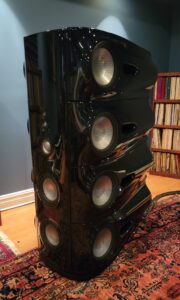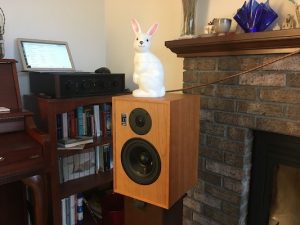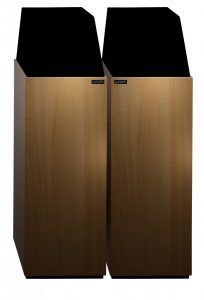"Get your station at the touch of a finger!" shouts the vintage ad for General Electric radios. "Touch tuning - Does away with tedious dialing!"
Now, that's an innovation one can hang a fine felt Cavanaugh fedora on. True, the pushbutton worked better in a VW bug than in the home, but you get the idea. Time was, ease of use was considered a significant engineering focal point. Today, one senses an almost perverse pride in putting together systems requiring unceasing attention and a small cadre of NASA technicians to guarantee military spec listening quality.
Don't get me wrong, there's no thrill like hearing an infinitesimal increment in performance in one's stereo system. No, really. But high end audio can be a restless and demanding undertaking. Computer audio doesn't make things any easier, either. In my home, going from launching Roon to hearing tunes takes over five minutes (06.08.61 the last time, to be exact). Not to pick on Roon (sounds great and has a great interface––at $119 annually), because I've had buggy experiences with different computers in different places using all of the major music players. Over the years, I've learned to just accept that computer audio is going to lag, sputter, and conk out on occasion. When it works, it's glorious. When it doesn't, well, terabytes of music stuck in park don't do anyone much good. Where's the pushbutton when you need it?
Enter the Audioengine A5+ Wireless Speakers. Long ago, in 2009, I tabbed the the original Audioengine A5 speakers for a Writer's Choice Award. The A5 quickly won many admirers and continued to earn awards. I was curious, therefore, to hear how the new iteration stacked up against the original version. Fortunately, I happened to have a pair of A5s on hand. Unfortunately, these A5s belonged to my older brother, who bought a pair shortly after my review to use in a home audio set up. He promptly proceeded to punish the snot out of those speakers by blasting non-stop classic rock concerts and screening thundering action movies, capable of deterring a small scale ground assault. I recently rescued those same speakers to use them in an office music system. Almost ten years old, the A5s still drew favorable comments from visitors and co-workers, "What are those? They sound great!" Looking smart and sounding fine after nearly a decade of warranty-busting mistreatment counts for something, in my book. I was hoping that the new A5+ Wireless Speakers would not disappoint.
Side by side, and ear by ear, the original A5 and the new A5+ Wireless Speakers are definitely cousins, but not identical twins. Comparing the two, it's clear that the new A5+ speaker will be preferred by those who listen for well-controlled bass, balanced midrange, and extended high frequencies. In short, the advantage of A5+ speakers have over the originals is that they deliver more of the traditional virtues audiophiles want in a stand mount speaker. I should state, however, that I liked the verve of the original, and it still wows the crowd (albeit, more the casino crowd than the one upstairs in the Venetian suites). Regardless, there's no doubt that the A5+ wireless speaker is a big upgrade in all areas over the A5, as well it should be. When asked about the material differences between the two, Audioengine replied, "If you have an original pair of A5s, then these [A5+ speakers] definitely sound better due to improved passive crossover components, thicker cabinets, updated amplifier design (but still class A/B) and a general re-tuning of the system." I should add that, in 2009, a pair of original A5s cost $349 retail, while a pair of completely retooled (but non-wireless) A5+ speakers retails today for $399. Good value, I'd say.
To see how all of this R&D played out in the listening, I set up a pair of A5+ speakers on a bureau in a back bedroom. Spread out about four feet wide and about a foot from the back wall, the A5+ speakers had no trouble filling the room with remarkably satisfying sound. At first, the bass sounded a tad wooly and the midrange a bit boxy. I found a couple of thick books to elevate the Audioengines off the hulking all-wood bureau and then moved them out a few inches, which cleaned things up nicely. The books were long-ignored medical textbooks, and, as the A5+ Wireless Speakers seemed to benefit from higher altitude, so that's where they stayed.
As an aside, sharp-eyed readers may point out that Audioengine already has an A5+ speaker, and it costs a hundred bucks less than the wireless version. Audioengine, as usual, is refreshingly candid, stating that the A5+ is exactly the same speaker as the A5+ wireless, minus the wireless. In addition, Audioengine reports that the wireless is the same circuitry as in their B1 Wireless Receiver. The B1 goes for $189, so the A5+ wireless speaker saves you roughly ninety dollars over purchasing speaker and wireless system separately.
The strength of the original A5s was their ability to powerfully convey music with sufficient detail and tonal accuracy to be considered a cut above the competition. The A5+ Wireless Speakers can do all that, but also possess an improved ability to reproduce delicate and/or dynamic passages when needed. The improved accuracy of the A5+ wireless speaker dovetails nicely with its other main selling point: The Bluetooth aptX-HD, which is capable of streaming 24-bit high resolution audio.
One of the key virtues of the A5+ wireless speaker is that you can stream excellent sounding music…Now! Flicking on the rocker switch in the back of the powered speaker and pairing the A5+ wireless speaker to your phone takes about twenty seconds. A caveat, though, for Apple users. At this point, Apple has decided not to include aptX-HD capability, so Apple iOS phones and tablets default to AAC. Which codec is better? Well, if you have lots and lots of time and nothing better to do, you can explore the piranha pool discussing this topic. My impression is that, even streaming from my iPhone, these speakers sound full, warm, and responsive.
Do the Audioengine A5+ Wireless Speakers sound better than your second system's tubed amp, dedicated DAC, good quality interconnects, and highly regarded bookshelf speakers? I don't know. Maybe, maybe not. But, then again, I'd wager that that system cost a whole lot more than 400 dollars, and probably can't be up and running from your phone in twenty seconds. Nor is it likely to be quickly unplugged and ready to play in your dining room, back yard, or garage. Horses for courses…
The convenience of this wireless speaker system is undeniable. You can leave the power on (the speakers will go to low power when not in use) and the pairing remains unless you disconnect it. True, there are tons of wireless speaker options, but better to let Alexa and her nosy smart speaker buddies spend their time turning on the electric fan or releasing the hamster food. Meanwhile, the A5+ Wireless Speakers can handle the chore of playing music that doesn't sound like it's coming out of Pillsbury dough can.
Of course, listening to the A5+ Wireless Speakers in the bedroom or while taking a bath in an adjacent room is one thing; full blown, brow-furrowing critical listening is quite another. Knowing that extensive listening in the right setting was in order, I moved the A5+ Wireless Speakers to a relatively large, rectangular room, put them on a pair of decent stands, and worked until I was satisfied with their positioning. I played a variety of files via the Bluetooth connection, and then via the Audioengine D2 Wireless DAC (retail $399). The D2 is a fantastic DAC, period (the wireless is just an added bonus), so I wasn't very surprised that it sounded better than the Bluetooth connection. What I didn't expect, however, was how capably the A5+ wireless speaker performed in Bluetooth mode in meeting the requirements used for all speakers, regardless of design. Imaging, tonal balance, an absence of the "hole" in the soundstage, ability to convey subtle details––all in evidence.
Of course, Bluetooth is still a developing technology. High res recordings, for example, will have a sample rate conversion to 44.1kHz, and any 64bit recordings will convert to 24bit. The quality of the recording still trumps all, but just know that high res file native playback is not possible using Bluetooth. Those wishing to make this their main system for listening with optimum sound quality will probably wish to invest in a dedicated DAC for use with the A5+ wireless speaker. To my mind, however, sacrificing a relatively modest level of sound quality for a greater ease of convenience (to say nothing of compatibility with gaming systems, TVs, network streamers, etc.) is an attractive aspect of the Bluetooth option.
The power of Louis Armstrong's voice (to say nothing of the explosiveness of his horn) in "St. James Infirmary" made me realize that the A5+ Wireless Speaker could be a destination system for those many friends asking, "What should I buy to play my music?" Speaker, phone, done. So much better than the running gag of, "Well, some people start with speakers, but I say first get a good amp. It'll come with brand new tubes, but you'll want to replace those. I know a great website. A tubed DAC is good, but there are some solid state amps that…", as your friend walks away, muttering, "Forget I asked." While writing notes, I heard the same song performed by Allen Toussaint. The texture of the hand claps, the feel of the guitar accompaniment, the reverberation of the piano keys clanging off the strings, all made me comfortable that I could recommend the Audioengine speakers to my audiophile readers, as well.
Audioengine A5+ Wireless Speakers
Retail: $499 for Black or White, $569 for Solid Natural Bamboo




